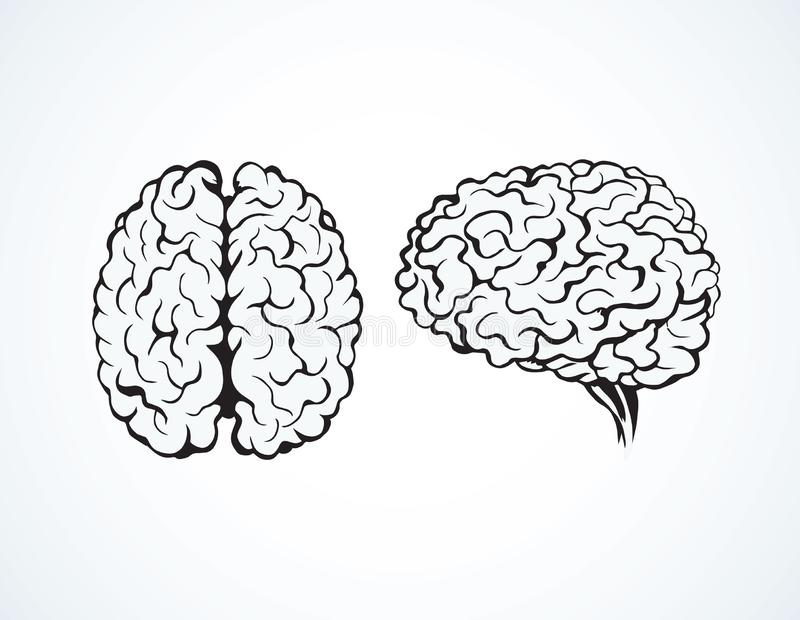November, 2022#
Wednesday, 02/11/2022#
What I did today:
Read the paper “Functional MRI connectivity accurately distinguishes cases with psychotic disorders from healthy controls, based on cortical features associated with neurodevelopment” by Morgan et al. (2019) until the data section
Made a list of literature to read for psychosis as a brain network disorder
Made an overview of the data and what the data contains (google doc)
Made a list of questions regarding the data I don’t understand (google doc)
Went through the first section of course website (Cortical Maps)
To-do for next time working on the project:
read psychosis paper (ET Bullmore, S Frangou, and RM Murray. The dysplastic net hypothesis: an integration of developmental and dysconnectivity theories of schizophrenia. Schizophrenia Research, 28: 143–156, 1997.)
go through the list of questions regarding the data and research to get a better undestanding of the data
work on notebook and the data exploration section
briefly read the ML section (Morgan et al., 2019)
Thursday, 03/11/2022#
What I did today:
read the paper ET Bullmore, S Frangou, and RM Murray. The dysplastic net hypothesis: an integration of developmental and dysconnectivity theories of schizophrenia. Schizophrenia Research, 28: 143–156, 1997
went through some of the questions in the list
went through the MRI section on the course website
To-do for next time working on the project:
research on the other questions
maintain github repo and notebook
briefly read the ML section (Morgan et al., 2019)
Friday, 04/11/2022#
What I did today:
went trough some more questions in the list to get a better understanding of the data at hand
went through the morphometric analyzes and diffusion MRI section on the course website
read the ML section (Morgan et al., 2019) and made some pointers re things to do further research on
updated github repo (added badges and requirements file)
To-do for next time working on the project:
work on data exploration notebook
add more info re the project to the README.md
Saturday, 12/11/2022#
What I did today:
tried to find the derived atlas (from the Desikan-Killiany) that was used in the paper with 308 cortical regions
researched about how to plot brain atlases (FreeSurfer, Nilearn, ggseg R module)
To-do next time working on the project:
find the atlas and load it in jupyter notebook
Wednesday, 16/11/2022#
What I did today:
tried to use the ggseg module and find a way how to use R within python since ggseg is a R module; to load the standard Desikan-Killiany atlas because I was not able to find the files for the derived atlas
ggseg module did not work, could not figure it out
To-do next time working on the project:
find the atlas and load it in jupyter notebook without using ggseg
Friday, 18/11/2022#
What I did today:
found the files for the derived form of the Desikan-Killiany atlas with 308 cortical regions
link for the repo: RafaelRomeroGarcia/subParcellation
To-do next time working on the project:
load the atlas in jupyter notebook
Monday, 21/11/2022#
What I did today:
loaded the atlas in jupyter notebook
provided more infos for github repo
To-do next time working on the project:
provide more information regarding the atlas, other plotting tools, find out how to visualize the 308 cortical regions
provide more information for github repo
reorganize data exploration notebook
Tuesday, 22/11/2022#
What I did today:
tried other plotting tools (3D)
reorganized the structure of data exploration notebook
started to provide information regarding demographic data
added more comments and descriptions in the notebook
To-do next time working on the project:
explore demographic data for both CT and DWI data subsets, visualize the data
look for the .annot files, whether they provide more information regarding the regions in sense of visualizing the regions
start exploring the CT data
Wednesday, 23/11/2022#
What I did today::
explored demographic data for both CT and DWI data subsets
tried to visualize the data but it did not work: my idea was to use a grouped bar chart to visualize the amount of participants in the control and patient group with respect to their gender, for that tried to use matplotlib and seaborn
To-do next time working on the project:
visualize the demographic data
look for the .annot files, whether they provide more information regarding the regions in sense of visualizing the regions
start exploring the CT data
Monday, 28/11/2022#
What I did today:
loaded the atlas in jupyter notebook with respective labels
started CT data exploration section (explained what CT is and loaded data)
added information and comments to the notebook
after talking to my instructor, there is no need to visualize the demographic data
watched a video about Gradient descent and Backpropagation
To-do next time working on the project:
get a better idea of how to explore the CT data - what is the range of values in the data - what is the distribution of the values - separate for control and patient group? - what does the values mean?
maintain github repo and notebook
Tuesday, 29/11/2022#
What I did today:
plotted mean distribution of CT values for control and patient group using a violin plot
started micro-structural data section with information regarding Mean Diffusivity (MD) and Fractional Anisotropy (FA)
added information and comments to the notebook
To-do next time working on the project:
look for specific brain regions to compare between control and patient group in CT
start exploring the micro-structural data
